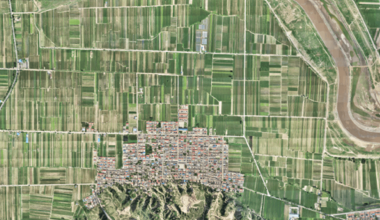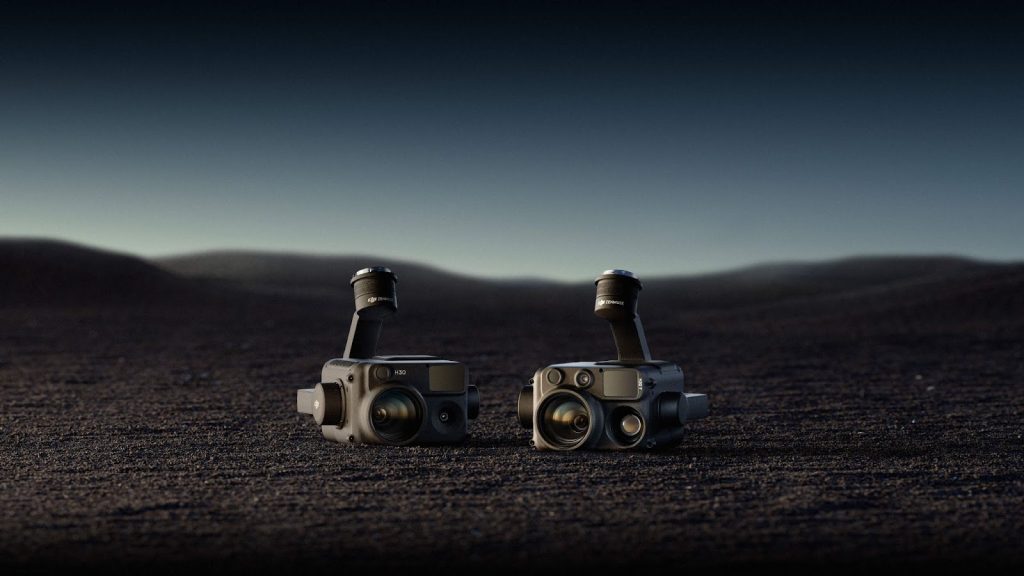No products in the cart.
The oil and gas industry, a cornerstone of global energy production, plays a pivotal role in fueling economies and meeting the world’s energy demands. With complex infrastructures, vast expanses of operations, and challenging environments, the industry constantly seeks innovative solutions to enhance efficiency, safety, and sustainability.
A technological revolution is underway in the oil and gas sector, ushering in transformative changes. Unmanned Aerial Vehicles (UAVs), popularly known as drones, have emerged as a pivotal tool in the industry’s arsenal. These airborne devices, equipped with advanced sensors and imaging capabilities, are reshaping the landscape of operational practices, providing unparalleled insights and efficiencies.
The integration of drone technology marks a paradigm shift in how oil and gas companies approach various facets of their operations. From remote inspections of critical infrastructure to data-driven decision-making, drones are ushering in a new era of possibilities. Their significance lies not only in the ability to enhance operational efficiency but also in promoting safety by reducing human exposure to hazardous environments. As we delve deeper into the applications and impact of drones in the subsequent sections, it becomes evident that these unmanned systems are catalysts for positive change in an industry that continually seeks innovation.
Advantages of Drones in the Oil & Gas Industry
A. Increased Safety
1. Remote Inspection Capabilities
Drones empower the oil and gas industry with the ability to conduct remote inspections in challenging and remote locations. These aerial devices navigate through intricate structures, pipelines, and equipment, providing detailed visual assessments without putting human personnel at risk.
2. Reduction in Human Exposure to Hazardous Environments
By deploying drones for tasks that would traditionally require human intervention in hazardous environments, the industry significantly reduces the risk to human safety. This proactive approach not only enhances worker well-being but also ensures a more secure operational environment.
B. Enhanced Efficiency
1. Rapid Data Collection and Analysis
Drones equipped with advanced sensors and imaging technologies enable the rapid collection of valuable data. This data is then analyzed in real-time or post-mission, allowing for swift decision-making processes and timely responses to potential issues or maintenance requirements.
2. Real-time Monitoring of Facilities and Infrastructure
Real-time monitoring capabilities offered by drones contribute to proactive maintenance and monitoring of facilities and infrastructure. This ensures that any anomalies or deviations from normal operations are detected promptly, minimizing the risk of unplanned downtime or disruptions.
C. Cost Savings
1. Lower Operational Costs Compared to Traditional Methods
The integration of drones into operational workflows translates to cost savings by reducing the need for extensive manual labor and equipment. Drones efficiently cover large areas, optimizing inspection and monitoring processes, which, in turn, lowers overall operational expenses.
2. Improved Resource Allocation
Drones streamline resource allocation by providing precise and targeted data. This enables companies to allocate resources more effectively, focusing efforts and investments where they are most needed. The result is an improved operational strategy with a better balance between cost-effectiveness and performance.
Applications of Drones and Advanced Equipment in the Oil & Gas Sector
Drones, along with state-of-the-art equipment such as the Autel EVO II 640T Rugged Bundle V3, DJI Matrice 300 RTK, DJI Matrice 350 RTK, DJI Mavic 3 Thermal, DJI Matrice M30T, Multi-gas detection system, and DJI Zenmuse H20T, have reshaped the operational landscape of the oil and gas industry. These cutting-edge technologies offer a broad spectrum of applications, introducing unprecedented efficiency and precision to traditional methodologies.
A. Pipeline Inspection
1. Monitoring for Leaks and Damage
Equipped with advanced sensors and thermal imaging capabilities, drones like the Autel EVO II 640T and DJI Matrice series provide vigilant monitoring along pipelines. They detect and track potential leaks or damages, offering real-time data for immediate intervention and mitigating environmental risks.
2. Assessing Pipeline Integrity
The high-resolution cameras of drones, including the DJI Matrice 300 RTK and DJI Matrice 350 RTK, enable detailed inspections of pipeline integrity. Navigating challenging terrains, these drones capture precise data, assisting engineers in evaluating structural conditions and ensuring compliance with safety standards.
B. Asset Surveillance
1. Monitoring Equipment and Infrastructure
The DJI Mavic 3 Thermal, DJI Matrice M30T, and DJI Zenmuse H20T play pivotal roles in routine surveillance of critical assets. These drones offer real-time insights into the operational status of installations, refineries, and other facilities, ensuring optimal functioning.
2. Identifying Potential Issues Before They Escalate
Utilizing advanced thermal imaging capabilities, the DJI Mavic 3 Thermal and other thermal-enabled drones excel in identifying potential issues early on. This proactive surveillance empowers maintenance teams to address emerging problems promptly, reducing downtime and avoiding costly repairs.
C. Environmental Monitoring
1. Monitoring and Mitigating Environmental Impact
Drones like the Autel EVO II 640T Rugged Bundle V3, DJI Matrice series, and the DJI Zenmuse H20T contribute significantly to environmental monitoring. They collect data on air and water quality, aiding companies in implementing measures to mitigate environmental impact and adhere to sustainability practices.
2. Compliance with Environmental Regulations
In addition to drones, the Multi-gas detection system plays a crucial role in ensuring compliance with environmental regulations. Together, these technologies support oil and gas companies in demonstrating their commitment to sustainable practices and regulatory adherence.
The integration of advanced drone technology and specialized equipment, including the Autel EVO II 640T Rugged Bundle V3, DJI Matrice 300 RTK, DJI Matrice 350 RTK, DJI Mavic 3 Thermal, DJI Matrice M30T, Multi-gas detection system, and DJI Zenmuse H20T, showcases the industry’s dedication to leveraging cutting-edge solutions for enhanced operational efficiency, safety, and environmental responsibility.
Conclusion
The integration of drone technology stands as a beacon guiding the oil and gas industry into a future marked by unprecedented advancements and transformative practices. The imminent trends in drone development and applications promise to redefine operational norms and elevate industry standards.
The convergence of emerging technologies and anticipated advancements in drone applications holds the promise of transformative impacts on oil and gas operations. Drones are poised to play a pivotal role in predictive maintenance, utilizing predictive analytics to identify potential equipment failures before they manifest. This proactive approach not only minimizes downtime but also extends the lifespan of critical assets. Additionally, the increased automation and autonomy of drones are likely to usher in more efficient monitoring and inspection processes, reducing the necessity for human intervention in high-risk environments.
As the industry embraces these future trends, the synergy between advanced drone technologies and oil and gas operations foretells a new era characterized by heightened efficiency, safety, and sustainability. The unwavering commitment to exploring and integrating emerging technologies underscores the industry’s dedication to staying at the forefront of innovation and meeting the evolving demands of the energy landscape. The journey toward a future shaped by the seamless integration of drones into oil and gas operations is poised to redefine industry benchmarks and propel it into a new era of technological excellence.



